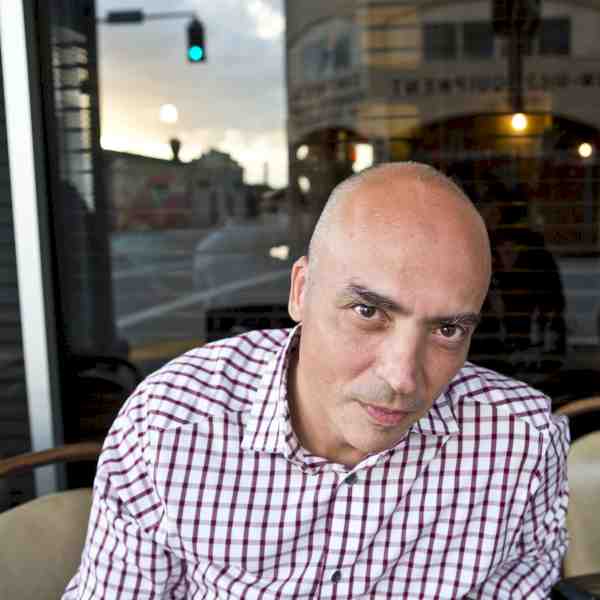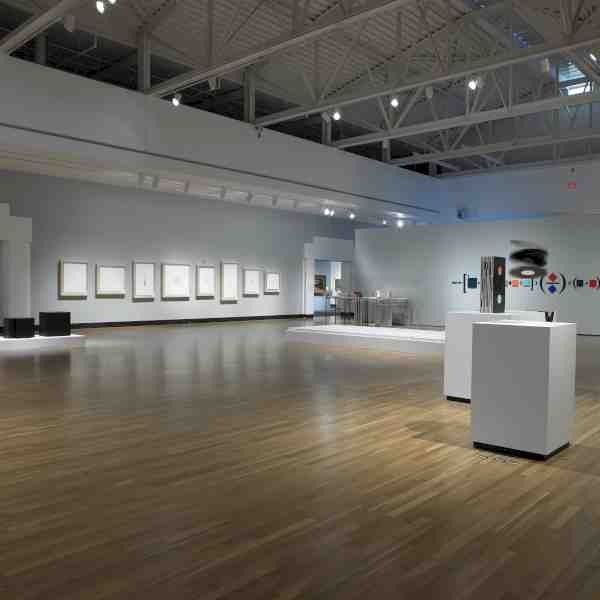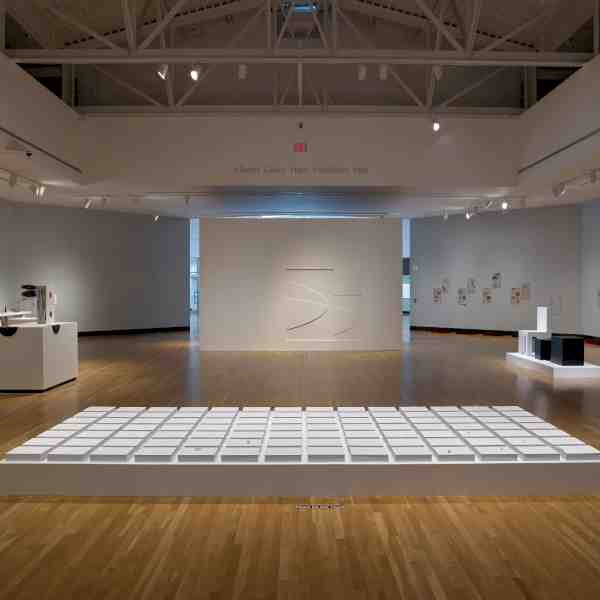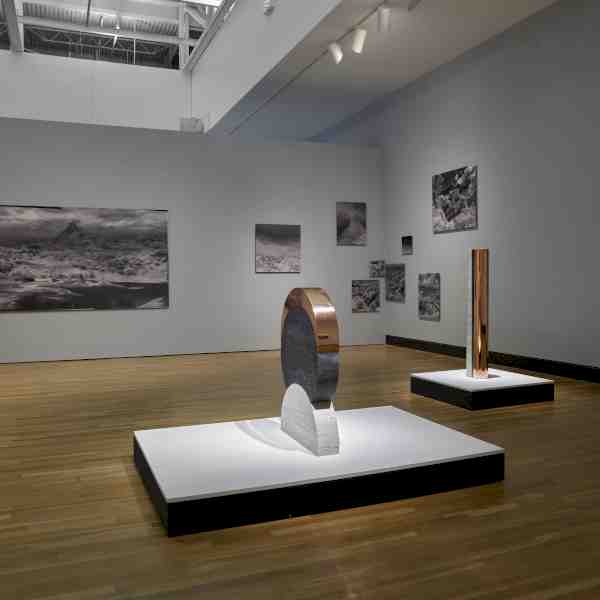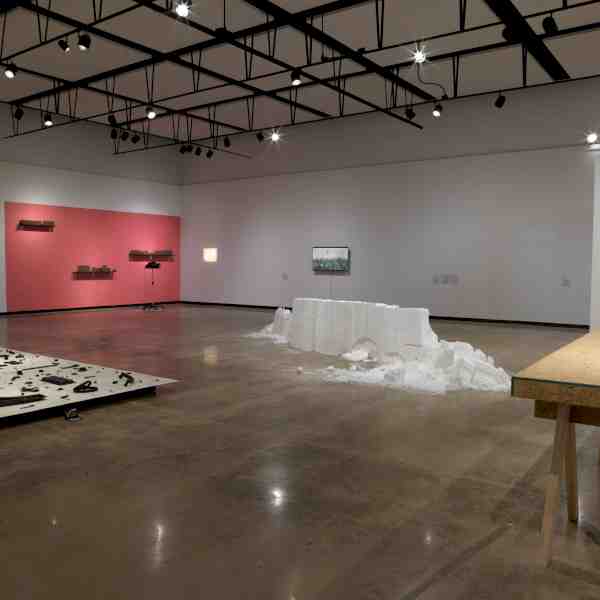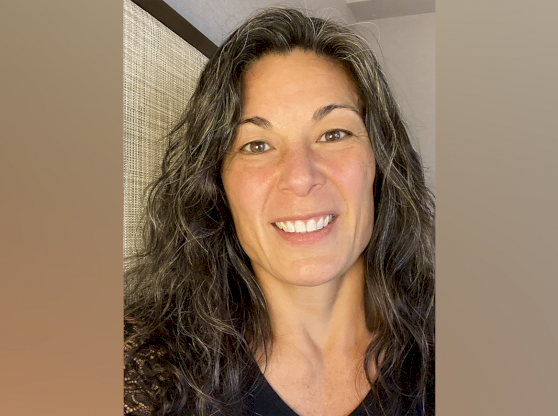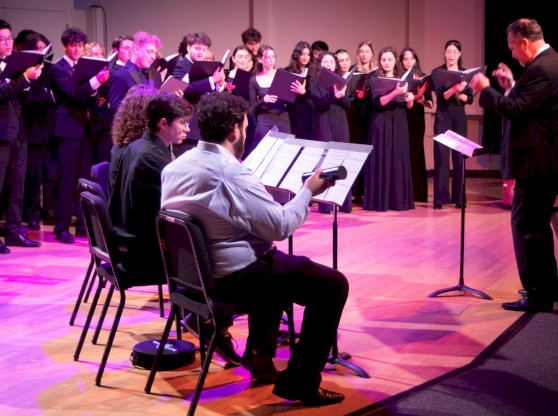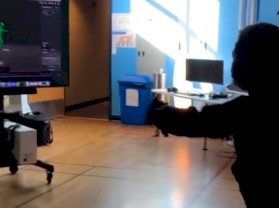A new exhibition on the University of Florida campus, jointly presented by the Harn Museum of Art and School of Art and Art History University Galleries, marks the U.S. debut of the Cisneros Fontanals Art Foundation Collection, including works by 31 Latin American artists. Plural Domains: Selected Works from the Cisneros Fontanals Art Foundation Collection opened in September and aims to advance cultural understanding and educational dialogue among Latin American artists and global audiences.
The Cisneros Fontanals Art Foundation (CIFO) is a non-profit organization founded in 2002 by Ella Fontanals-Cisneros to foster cultural exchange and enrichment of the arts. In addition to being the guardian for Mrs. Fontanals-Cisneros personal collection of more than 3,000 pieces, CIFO also hosts its Grants and Commissions program, a production grant awarded every year since 2004 to 10 artists from Latin America. Since 2009, the preservation of the works produced by the award-winning artists is ensured by the CIFO Collection.
Jesús Fuenmayor, program director and curator of the University Galleries, curated the Plural Domains exhibition. Art history Ph.D. candidate Macarena Deij Prado served as curatorial assistant, and the presentation of the exhibition at the Harn was co-organized with Dulce Román, chief curator and curator of modern art at the Harn.
We spoke with Fuenmayor about the importance of showcasing these artists on the University of Florida campus.
Brandon: Tell us about the curatorial process. What excited you about preparing this exhibition?
Jesús: For me, this process began more than 10 years ago when I was part of the CIFO Foundation Advisory Committee. I was wondering what the destiny of the artworks produced with the funds of the CIFO Grants Program was, and nobody knew. I realized by then that there was a broad consensus that it was important to preserve those artworks for the future. CIFO grant recipients Miguel Amat and Suwon Lee, two artists that I know very well, decided to donate their works to the foundation in order to be preserved in proper conditions. That was in 2009, and the collection was thus created as a separate entity from Mrs. Fontanals-Cisneros personal collection. I was CIFO’s director from 2012 to 2015, and I became acquainted with its collection by then, which I think has not been properly promoted and made visible in or outside of the U.S. Basically, it has been a long process first to preserve and now to make visible an incredible group of unique artworks by the most interesting, radical, and innovative artists from Latin America.
Brandon: What was it like to have the opportunity to partner with the Harn Museum of Art to bring this joint exhibition to Gainesville?
Jesús: This is the second time the University Galleries is collaborating with the Harn since I became UG’s director and curator in 2019, when we presented the Roberto Obregón Archive as a joint exhibition. That was a different enterprise, with the main exhibition being held at UG’s main space. For Plural Domains, both the Harn and UG are displaying the works in their main temporary galleries. It is an ambitious and challenging exhibition including the work of 31 artists with distinguished international careers. I think of the Harn and University Galleries as sister institutions, and for me, it is only natural to be able to collaborate and increase the potential of engaging our audiences in a joint venture. In this way, we are reminding our audiences that we work under the same umbrella, a place that is not only where we teach, study, or work but a public research university that is now nationally recognized as a top-five institution. Working in collaboration means making it possible to meet our goals for excellence and diversity and to contribute to the way UF has been shaping the character and future of this city.
Brandon: This is the first time this exhibition is presented at an arts institution in the United States. Why is bringing this work to the University of Florida important to our students and our campus?
Jesús: In addition to the close and age-long links between Florida and Latin America, the University of Florida offers a unique platform for research and intellectual debate. Let’s not forget that the artists included in the exhibition are research-based and most of them educated in leading international art schools. Theirs are works that require an audience who, in addition to a visual and aesthetic sensibility, is also open-minded and thinks of contemporary artistic practices as a critical way to produce knowledge. I would say that is the perfect definition of our audiences at UF. Every single work in the exhibition has the potential to engage the visitors on many different levels, and, at the same time, it can produce an even more intensified experience if you add the intellectual dimension that is characteristic of all the artists’ proposals.
Brandon: The exhibition features artists from a variety of Ibero-American countries. How does their work highlight contemporary Latin American art’s plurality?
Jesús: Plural Domains, the title of the exhibition, for sure, points towards the diversity of the works and the artists exhibited. We included artists from many different origins, cultural and ethnic backgrounds, education, careers, and life experience, representing the diversity of Latin American itself. There are several artists of Afro-Caribbean descent. A third of the artists are women, which is representative of the percentage of women in the collection at large. Most of the artists are low or middle class. They are all professional artists represent by international galleries. Most of the artists are from the Latin American diaspora. Eight of them are based in Europe in places as different as London, Copenhagen, Barcelona, Paris, Berlin, and Malmö. Around 10 of them are currently based in the U.S. Some are considered Latino artists like Fernández and Novoa, who have spent 40 and 30 years in the U.S., respectively. Martiel, Meres, Amat, Garet and Lamelas are also long-time residents in this country. They represent all the tendencies in contemporary artistic practices, are politically motivated in different grades, and work in all media, including painting, sculpture, drawing, photography, video, as well as large-scale multimedia installations.
Brandon: What do you hope visitors take away from the exhibition?
Jesús: It is not because of the lack of variety that you can complain about the exhibition. However, because it represents a type of plurality—the one that corresponds to Latin American art—it is also a way of saying that plurality is a very complex concept and impossible to define from a single point of view. Showing the plurality of Latin American contemporary art as represented in the domains of the CIFO Collection, is also to say that there are many other ways to be plural, a concept impossible to explain or apply unilaterally. On the other hand, I also think that showing works that are so radical and innovative as the ones included in this exhibition is a way to remember that Latin American’s was perhaps the first non-metropolitan art that claimed the possibility of making avant-garde outside of the metropolis, promoting the idea that you can create new art from anywhere.
Plural Domains is organized in collaboration between the Harn Museum of Art and the University Galleries of the University of Florida, in conjunction with the Cisneros Fontanals Art Foundation (CIFO). All works are on loan courtesy of the Cisneros Fontanals Art Foundation (CIFO).
This exhibition is made possible through the generous support of the CIFO Foundation, Creative B, the School of Art + Art History, the University Galleries Exhibitions Fund, UF Office of the Provost, Fine, Farkash and Parlapiano P.A., the Harn General Program Endowment, Cal King, Cox Communications, Manny and Mercy Quiroga, and Charles and June Allen.
For a full list of events and programming, visit the exhibition’s event website.

